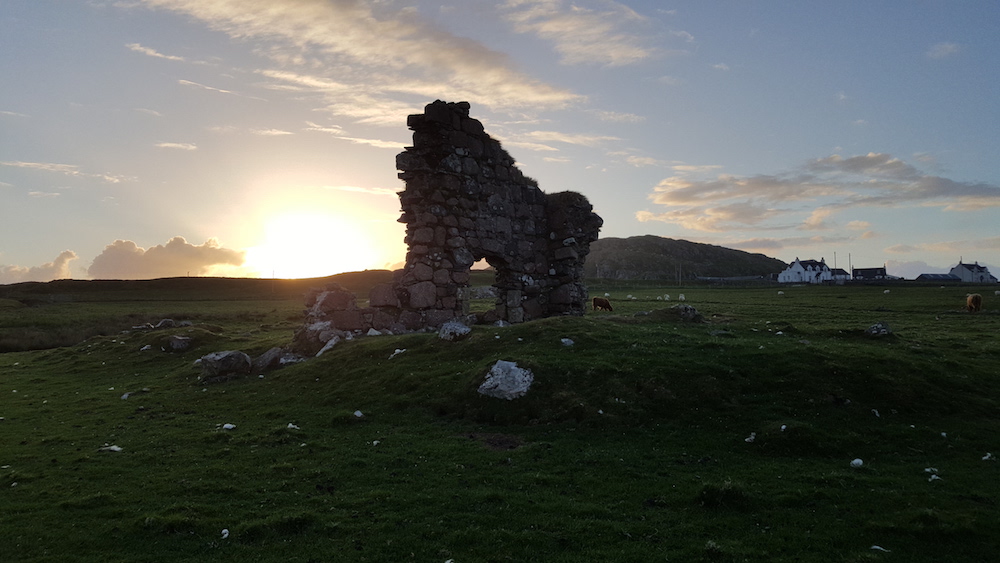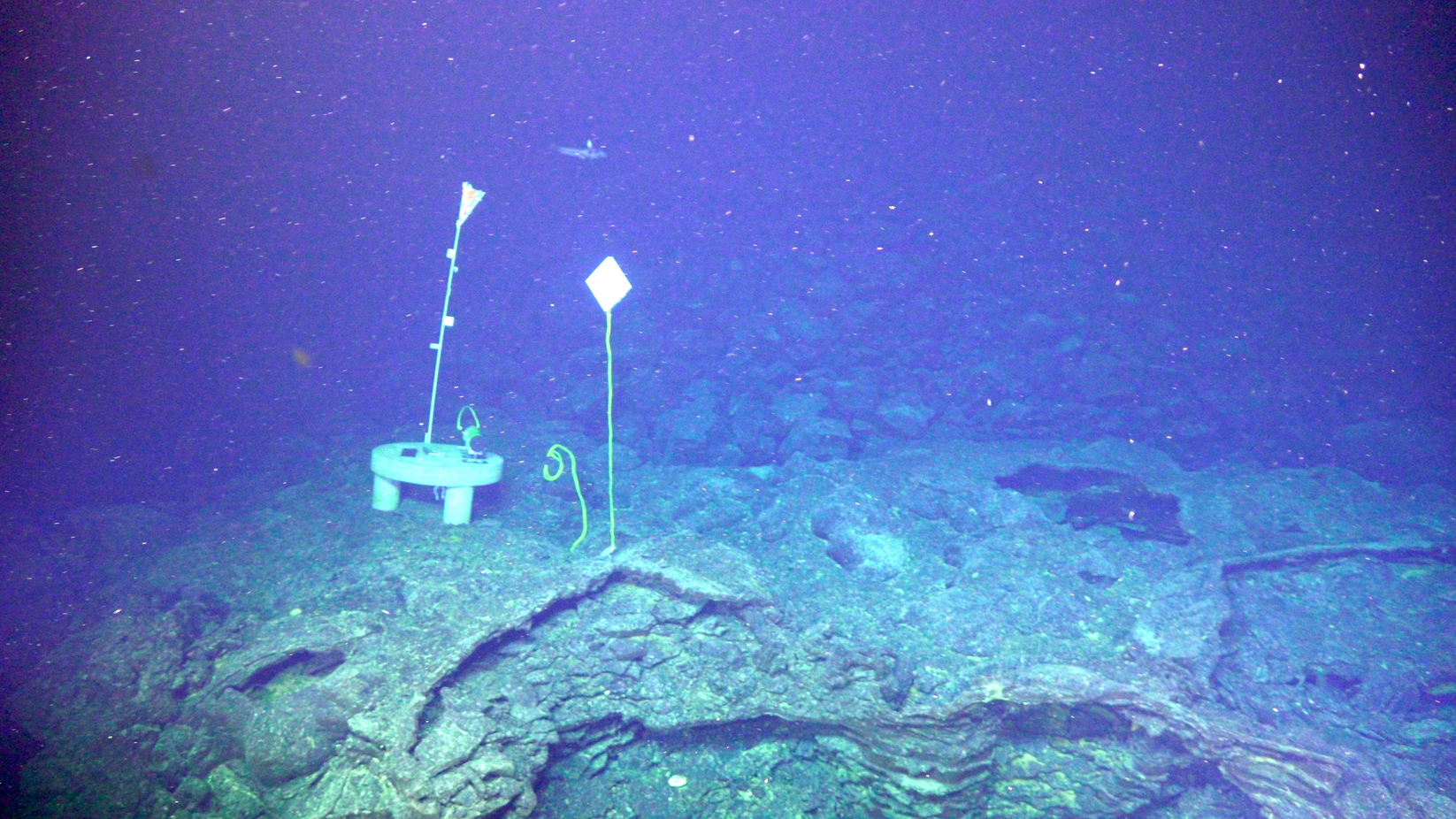Remains of Medieval Saint's Hut Could Aid Search for Missing Monastery
Now, remnants excavated from a small, rocky hill in Iona known as Tòrr an Aba have been confirmed to be from the time period during which St. Columba lived. This means it's likely that the remnants are pieces of the walls of the hut occupied by the medieval saint himself, according to the archaeologists working on the site — the very place where the Christian saint prayed, penned poetry and studied — all while overseeing his monastery, also called Iona. [The 10 Most Controversial Miracles]
This latest finding wouldn't have surprised the late archaeologist Charles Thomas, who, upon first collecting the remnants in 1957, suggested that they belonged to St. Columba's hut. Back then, however, he had no way of confirming when the samples were from, because a technique known as carbon dating hadn't yet become widely available. The samples then languished in matchboxes in the professor's garage in England until 2012, when they were passed along to Historic Environment Scotland, a public organization that preserves and promotes Scottish culture and artifacts.
At the beginning of 2017, a team led by Adrián Maldonado, project support officer (archaeology), and Ewan Campbell, senior lecturer (archaeology), both at the University of Glasgow, were finally able to do what Thomas couldn't decades earlier: have the samples carbon dated.
Carbon dating, which can help researchers pinpoint the age of specimens, involves measuring the remaining carbon 14 (an isotope of carbon) in a sample, because scientists know the rate at which it decays. In this case, carbon dating finally confirmed that the hut's remains date to the time of St.Columba's life.
"We dared to hope that we would get something as close to that to the original monastery," Maldonado told Live Science, adding that he never doubted that the scholars who preceded him were on the right track.
While Iona was neither the first nor the oldest monastery in Great Britain — Christianity had already been in Ireland for more than a century by time Iona was established — it was the most influential. Maldonado likens the central role St. Columba's monastery played in the Christian world to the role Oxford or Harvard University had in early academia.
Finding that this hut dates back to St. Columba's lifetime — along with the 10 other radiocarbon dates from the archaeologist Charles Thomas' excavations that Maldonado's team obtained — shows that the remnants of the original monastery, which was previously thought to have been hidden or destroyed may one day be unearthed.
Get the world’s most fascinating discoveries delivered straight to your inbox.
"And now the real fun begins," Maldonado said. "We can begin to look for [the original monastery of St. Columba], now that we know where it might be."
Original article on Live Science.


